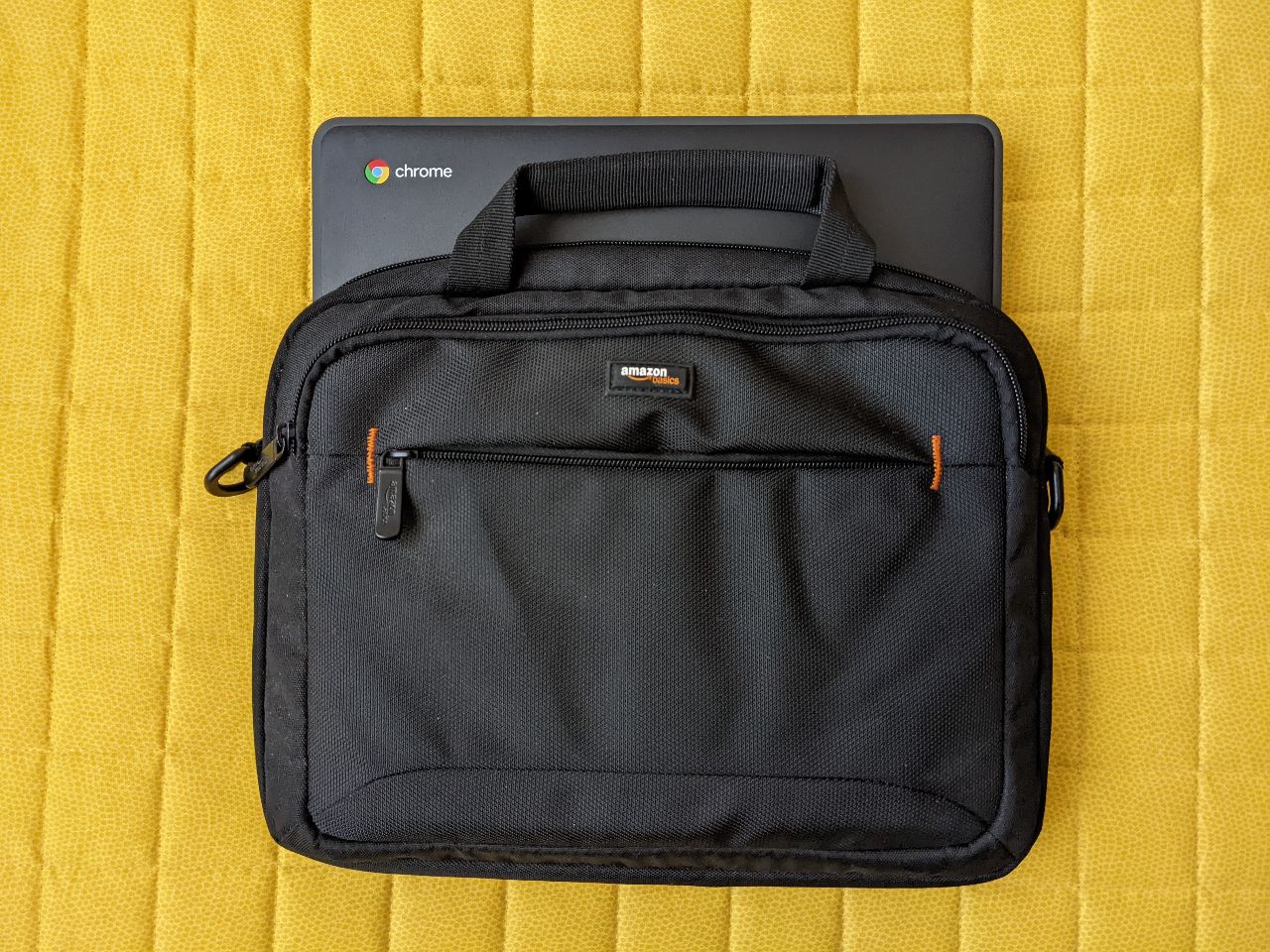I don't remember exactly when, but some time in 2022 it will be three decades since I first accessed the Internet. It was 1992 when I got online at home and at the University of Milan, Italy, as a computer science student.
At home I installed the COHERENT Unix clone on my 386 laptop. Then I bought the classic ZyXEL U-1496E dial-up modem, configured uucp on COHERENT, signed up for the Italian UUCP access provider Sublink Network, installed the Elm Unix email client, and was able to send and receive email.
Back then it was a big deal. One of my professors was impressed when he realized I was emailing from home.
At the Computer Science lab, which in the early 1990s dispatched 60% of the Italian Internet traffic, I had access to advanced equipment, great people, and a very liberal policy with nearly no restrictions — students were allowed to do anything, within reason.
The lab had HP-UX servers and workstations connected to Zenith and Ampex text terminals, as well as X-Windows terminals.
The hardware and the good network connectivity let me explore lots of interactive services such as FTP, Telnet, Gopher, Finger, Talk, WAIS, and the nascent web. How many did you try?
Although my COHERENT setup supported USENET, I preferred to read the newsgroups at the lab with the nn newsreader. I wasn't confident in my ability to configure the system on COHERENT and had storage, bandwidth, and cost concerns. Usenet was my first exposure to online communities and geek culture.
My guide to the new world was Zen and the Art of the Internet: A Beginner's Guide to the Internet by Brendan Kehoe. This excellent and popular tutorial was published as a free online document and in print.
Ironically, I skipped most of the BSS era of the 1980s and jumped directly on the Internet. It's been an amazing journey that gave me the privilege of witnessing the birth of the modern Internet.
#retrocomputing
Discuss...
Email | Reply @amoroso@oldbytes.space
